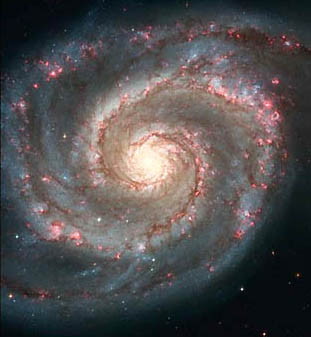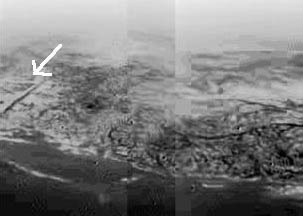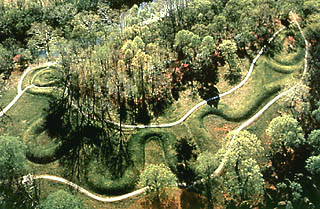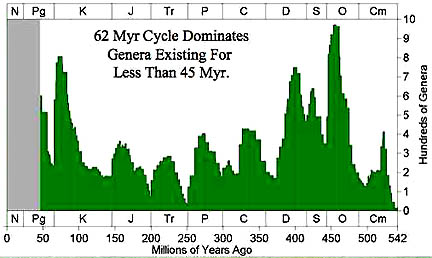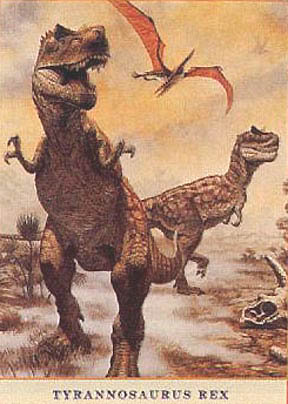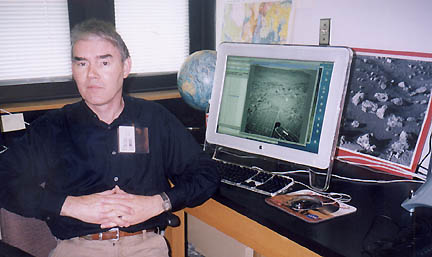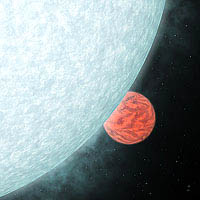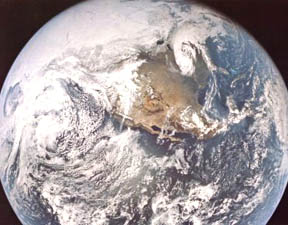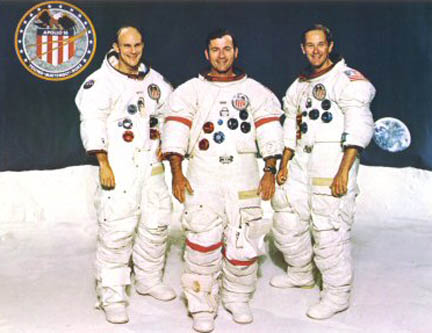
May 19, 2005 Washington, D. C. - A year ago in June 2004, I reported about German physicist Werner Von Braun's warning before he died in 1977 that space above planet Earth and beyond should not be used for weapons and war. Dr. Von Braun, who had worked in America's early rocket program at White Sands Missile Range in New Mexico, told a woman named Carol Rosin who worked for him shortly before his death, "that we must prevent the weaponization of space from happening because it will end up destroying humanity." Dr. Von Braun also told Carol Rosin that he knew there was other life in the universe and we would jeopardize contact with them if we persisted with weaponizing space.
Click here to subscribe and get instant access to read this report.
Click here to check your existing subscription status.
Existing members, login below:


